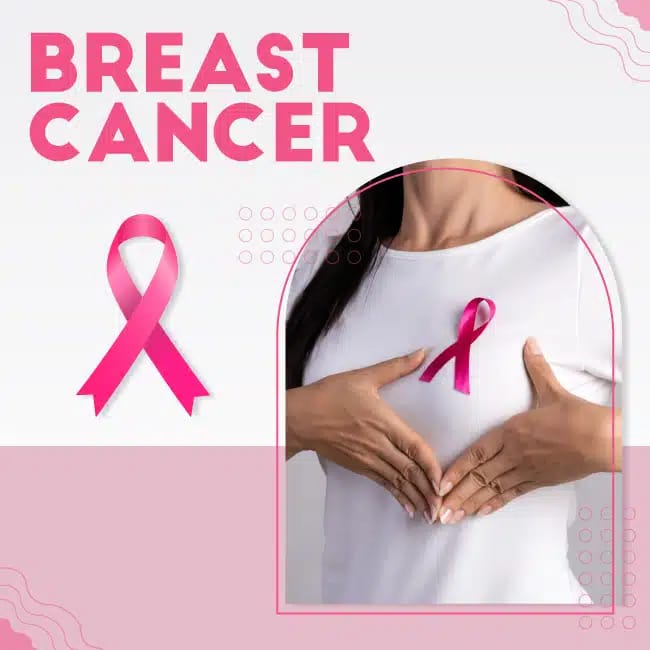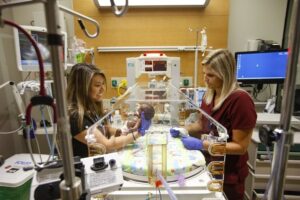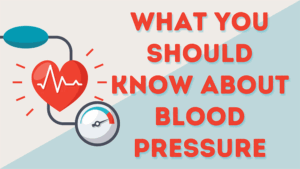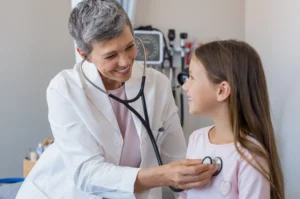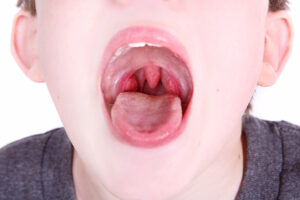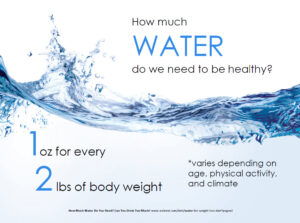Why This Matters Now
Every 2 minutes, a woman in the U.S. is diagnosed with breast cancer. It’s the second-leading cause of cancer death in American women—but here’s the good news: Survival rates are higher than ever.
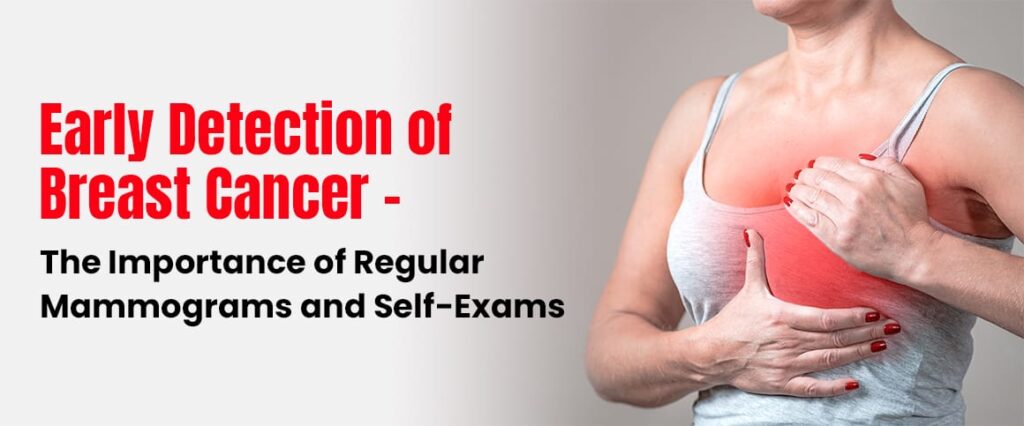
Thanks to new research, better screenings, and breakthrough treatments, more women are beating breast cancer and living full lives.
This guide covers:
Early warning signs most women miss
Latest screening guidelines (mammograms, genetic testing)
Cutting-edge treatments (immunotherapy, targeted drugs)
Prevention tips that actually work
1. Know the Signs: Don’t Ignore These Symptoms
Breast cancer isn’t always a lump. Watch for:
New changes in breast shape/size
Nipple discharge (especially bloody)
Skin dimpling (like an orange peel)
Unexplained pain or swelling
Real Story: “I thought my itchy nipple was just dry skin—turns out it was inflammatory breast cancer.” — Sarah, 42
When to see a doctor: Any unusual change lasting more than 2 weeks.
2. Who’s at Risk? (It’s Not Just Genetics)
High Risk Factors:
Family history (especially BRCA1/BRCA2 genes)
Dense breasts (makes tumors harder to spot)
Previous radiation therapy
Hormone replacement therapy (HRT) long-term use
Surprising Risks You Can Control:
Drinking more than 3 alcoholic drinks/week
Being overweight (fat cells produce estrogen)
Not exercising (30+ mins/day lowers risk)
Did You Know? Men get breast cancer too—about 2,700 cases per year in the U.S.
3. Screening Saves Lives: New 2024 Guidelines
Mammograms: When to Start
Age 40+ – Yearly for average-risk women (American Cancer Society)
Age 30+ – Early screening if high-risk (BRCA+, family history)
Game-Changer: 3D mammograms find 41% more cancers than traditional scans.
Other Key Tests:
Breast MRI (for high-risk patients)
Genetic testing (BRCA, PALB2 genes)
At-home checks (do monthly self-exams)
Myth Buster: “Mammograms cause cancer!” False. Radiation is minimal—benefits far outweigh risks.
4. Breakthrough Treatments Changing the Game
New Hope for Aggressive Cancers:
Immunotherapy – Harnesses your immune system to fight tumors
PARP inhibitors – Targets BRCA-linked cancers
CDK4/6 inhibitors – Slows advanced hormone-receptor+ cancer
Less Invasive Surgeries
Lumpectomies (remove tumor only, not whole breast)
Oncoplastic surgery (removes cancer + reshapes breast)
Survival Rates Up: 90% of early-stage patients live 5+ years.
5. Prevention: Lower Your Risk Naturally
Proven Strategies:
Eat Mediterranean diet (olive oil, fish, veggies)
Exercise 150+ mins/week (cuts risk by 25%)
Avoid smoking (linked to 30+ cancer types)
Breastfeed if possible (lowers estrogen exposure)
Controversial But Promising:
Vitamin D – Low levels linked to higher risk
Aspirin – Studies show possible protective effect
Doctor’s Tip: “Maintain a healthy weight—it’s the #1 modifiable risk factor.” — Dr. Lisa Newman, MD
6. Emotional Survival: Coping With Diagnosis
You’re Not Alone: 1 in 8 U.S. women will face breast cancer.
Support Resources:
American Cancer Society Hotline (24/7 help)
Local support groups (find at hospitals)
Therapy (helps with anxiety/depression)
Survivor Wisdom: “Let people help you. Freeze meals, accept rides—it’s okay to need support.” — Maria, 5-year survivor
Final Thought: Knowledge = Power
Breast cancer is scary, but early action saves lives. If something feels “off,” get checked. Share this guide with every woman you love—it could save hers.
